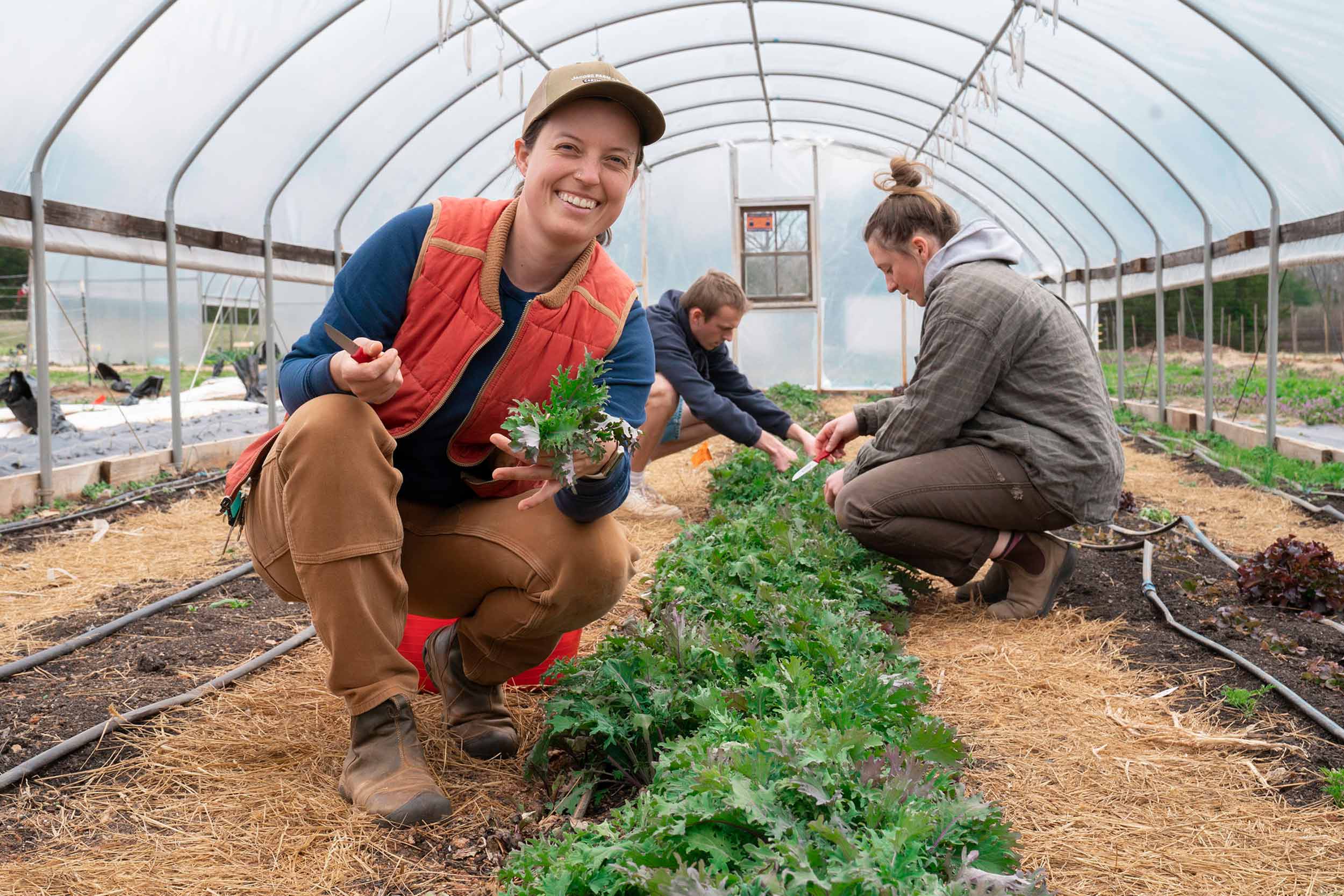The Ultimate Guide to Horticulture for Beginners: Detailed Tips and Methods for Expanding a Growing Yard
From understanding your yard space to selecting the right plants and preparing the soil, we've got you covered. Obtain prepared to release your environment-friendly thumb and create a beautiful, prospering garden.
Recognizing Your Garden Room
To maximize your gardening success, start by acquainting yourself with the distinct characteristics of your garden area. Understanding your garden space is necessary for developing a growing yard. Begin by observing the quantity of sunshine your garden obtains throughout the day. Remember of any type of areas that are shaded and those that get complete sunlight. This will assist you identify which plants will thrive in each area.
Following, analyze the soil in your garden. Is it sandy, clay-like, or loamy? Recognizing your dirt kind will certainly assist you in picking the right plants and executing proper dirt changes. Furthermore, consider the water drainage of your yard. Is it vulnerable to waterlogging or does it drain pipes promptly? This details will certainly help you make informed decisions concerning watering and plant positioning.
Additionally, pay interest to any kind of microclimates within your yard. These are small locations that might differ in temperature or moisture levels compared to the remainder of your yard. A south-facing wall may retain warm, developing a warmer microclimate. Make use of these variations to your benefit by growing moisture-loving or heat-loving plants in these areas.
Selecting the Right Plant Kingdoms

Following, consider your gardening goals and preferences. Are you wanting to grow veggies, blossoms, or a mix of both? Do you like low-maintenance plants or are you eager to place in added effort for high-yield crops? Assume regarding the quantity of time, energy, and resources you want to buy your garden.
In addition, take into consideration the space readily available in your garden. Take measurements and plan the format of your plants. Think about the mature dimension of each plant and make certain they have adequate area to expand without congestion each other.
Lastly, believe about the functionality of your plant options. gardening tools for beginners. Will you be able to give the necessary treatment and upkeep for your chosen plants? Consider elements such as watering, fertilizing, pest control, and pruning
Preparing the Soil for Growing
As soon as you have picked the ideal plants for your growing garden, it's time to dive right into the important task of preparing the dirt for growing. Take an example and test its pH degrees, as various plants prosper in home gardening for beginners different pH varieties.

Once the dirt prepares, develop furrows or holes for planting. The deepness and spacing will depend on the specific needs of your picked plants, so describe the seed packets or plant tags for advice. Carefully position the plants in their designated places, guaranteeing that the origins are covered with soil. Strongly push the soil around the base of each plant to get rid of any type of air pockets.
Last but not least, water the recently planted area thoroughly. This will certainly help resolve the dirt and provide the plants with the dampness they require to establish themselves. As you water, beware not to clean away the dirt or damages the delicate plants. With proper dirt preparation, your yard will certainly be fully equipped to sustain the development and success of your plants.
Watering and Fertilizing Methods
After preparing the dirt for planting, it's vital to recognize reliable watering and feeding methods to make sure the health and wellness and development of your yard. It's vital to strike a balance when it comes to watering. Overwatering can result in root rot and various other conditions, while underwatering can lead to stunted development and wilting. The key is to provide sufficient water to maintain the soil regularly moist however not filled. One method to evaluate if your plants require watering is by sticking your finger concerning an inch into the dirt. If it really feels completely dry, it's time to water. When watering, purpose for the base of the plants, as wetting the fallen leaves can urge conditions. When it comes to fertilizing, it's critical to provide your plants the nutrients they require to grow. Organic plant foods, such as compost or well-rotted manure, are outstanding options as they provide a slow-moving launch of nutrients. It's finest to apply fertilizers in very early springtime or late fall, complying with the directions on the plan. Keep in mind to water your plants after feeding to assist the nutrients get to the roots. By understanding these watering and fertilizing methods, you'll be well on your method to a thriving garden.
Keeping a Healthy And Balanced Yard
To preserve a healthy yard, you need to on a regular basis check your plants for indications of parasites or illness. By doing this, you can catch any type of problems early on and take the essential actions to avoid them from triggering and spreading damage to your whole garden.
Another technique is to motivate useful pests like lacewings and ladybugs, which feed on garden pests. Planting flowers such as sunflowers, marigolds, and sissies will certainly bring in these valuable pests to your yard.
In addition to pests, conditions can also impact your plants. Proper spacing in between plants and great air flow can likewise assist stop the spread of diseases.
Conclusion
To conclude, gardening can be a rewarding and satisfying pastime for novices. By comprehending your yard area, choosing the right plants, preparing the soil, and carrying out appropriate watering and fertilizing techniques, you can create a successful garden. Keep in mind to preserve its health and wellness by frequently tending to it. With perseverance and dedication, you'll quickly be delighting in the appeal and bounty of your own growing garden. Satisfied horticulture!
Make use of these variations to your benefit by growing moisture-loving or heat-loving plants in these locations.
